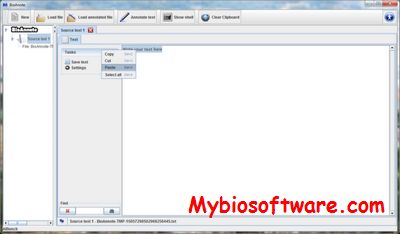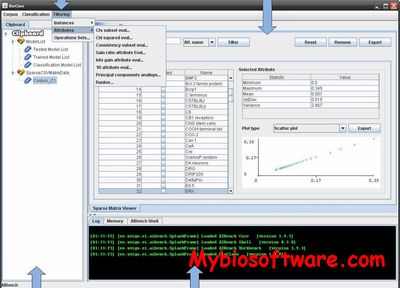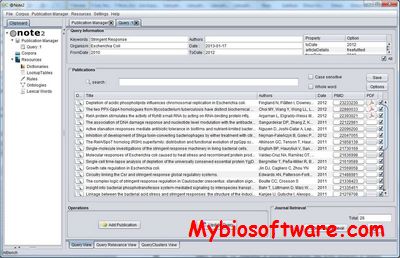BioAnnote 2.0.0
:: DESCRIPTION
BioAnnote is a desktop application is able to annotate biomedical texts by using different high-quality online resources, such as Medlineplus and Freebase.
::DEVELOPER
:: SCREENSHOTS
:: REQUIREMENTS
- Linux / Windows / MacOsX
- java
:: DOWNLOAD
:: MORE INFORMATION
Citation
Comput Methods Programs Biomed. 2013 Jul;111(1):139-47. doi: 10.1016/j.cmpb.2013.03.007.
BioAnnote: a software platform for annotating biomedical documents with application in medical learning environments.
López-Fernández H, Reboiro-Jato M, Glez-Peña D, Aparicio F, Gachet D, Buenaga M, Fdez-Riverola F.




